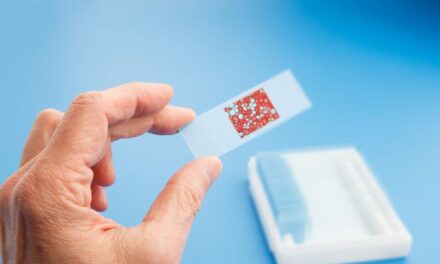ClearLight Biotechnologies, Sunnyvale, Calif, has signed an exclusive worldwide licensing agreement to develop and commercialize Crystal, a three-dimensional (3-D) tissue-clearing technology invented by two doctors in Zurich. The California company plans to combine the technology with its Clarity automated lipid-clearing platform.
The Crystal technology focuses a detergent-ion stream tailored to the tissue sample being optically cleared. Previous detergent electrophoretic methods for optical clearing relied on an electrical current, irrespective of sample morphology. In those approaches the ion stream traverses the sample container along the path of least electrical resistance, which is simply the surrounding buffer solution.
The Crystal technology changes this method, instead using a focused electrophoretic approach to enhance the clearing process. According to ClearLight, the Crystal technology can clarify a 1-mm tissue biopsy in 30 minutes.
ClearLight is also developing an automated instrumentation platform based on the Clarity lipid-clearing technique developed at Stanford University by the company’s founder, Karl Deisseroth MD, PhD, and colleagues. Paired with Crystal 3-D image analysis software, this technology will enable more accurate analysis and assessment of normal and diseased tissue than is currently available, according to ClearLight.
Clarity enables the transformation of tissue into a nanoporous, hydrogel-hybridized form that is crosslinked to a 3-D network of hydrophilic polymers. The process produces a fully assembled, intact tissue that is permeable to macromolecules and optically transparent. The tissue’s transparency allows for robust 3-D imaging of subcellular components such as DNA, RNA, and proteins, and enables the analysis of heterogeneous cellular interactions within the microenvironment of a tissue.
Crystal has been successfully used in the academic setting to test multiple drugs in animal models of disease. Compared with clearing methods that are based on passively incubating samples in various solvents, active methods such as Clarity and Crystal enable the clearing process to be expedited in a controlled manner, making the process amenable to automation. Reproducible automation of a focused electrophoretic clearing process allows for rapid tissue clarification and opens the technology to future clinical applications.
Crystal’s inventors are Adriano Aguzzi, MD, PhD, professor and director of the institute of neuropathology at the University of Zurich, and Daniel Kirschenbaum, MD, PhD, a neuropathologist at University Hospital Zurich. “In surgical pathology, time is of the essence,” says Aguzzi. “By doing away with paraffin embedding and microtome cutting, the Crystal technology allows for acquiring holographic ultra-high-resolution images of specimens more quickly than with conventional histology.”
“We are eager to develop such an innovative technology that will advance the Clarity active tissue-clearing field,” says Laurie Goodman,” PhD, CEO of ClearLight. “It adds a crucial piece to our growing intellectual property portfolio. Furthermore, this capability along with the exclusivity to develop Clarity for clinical applications will enable ClearLight to fully automate the process to achieve competitive turnaround times associated with 2-D thin-section immunohistochemistry methods.”
For further information visit ClearLight Biotechnologies.





